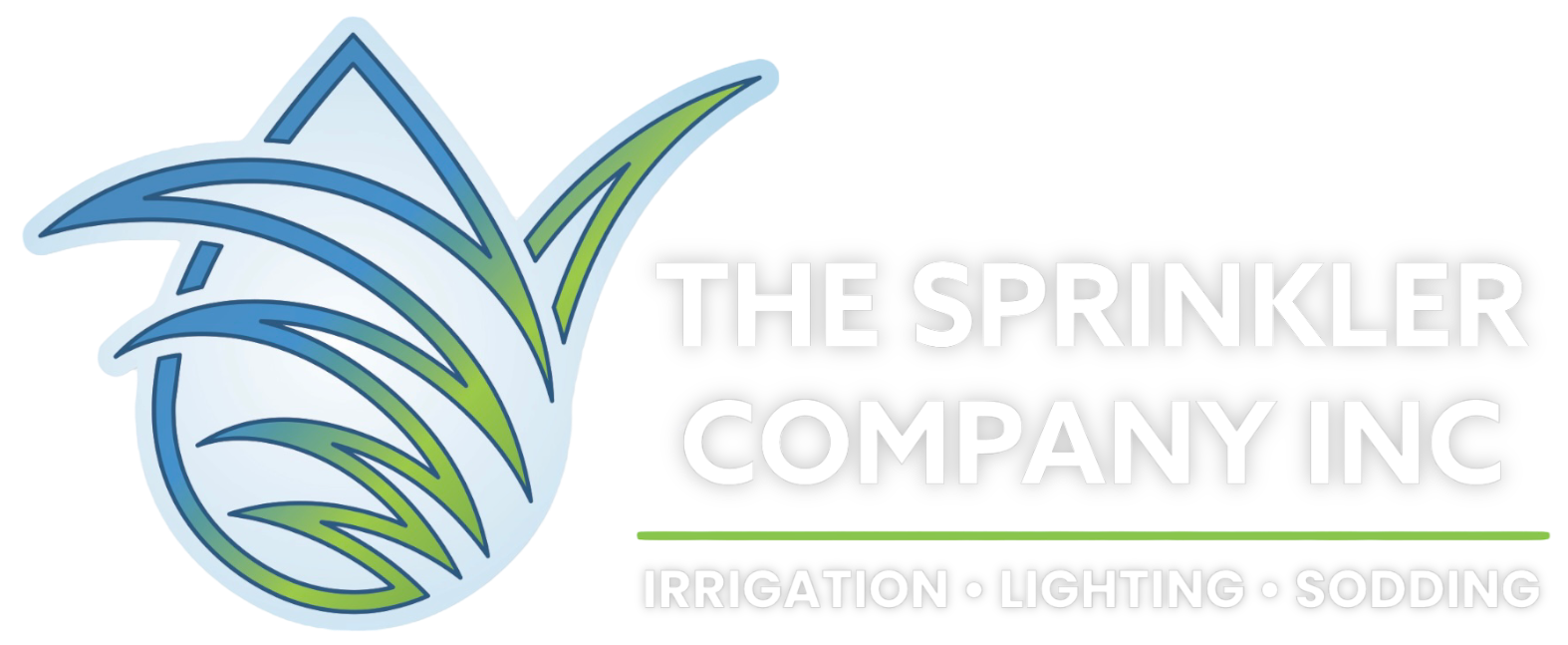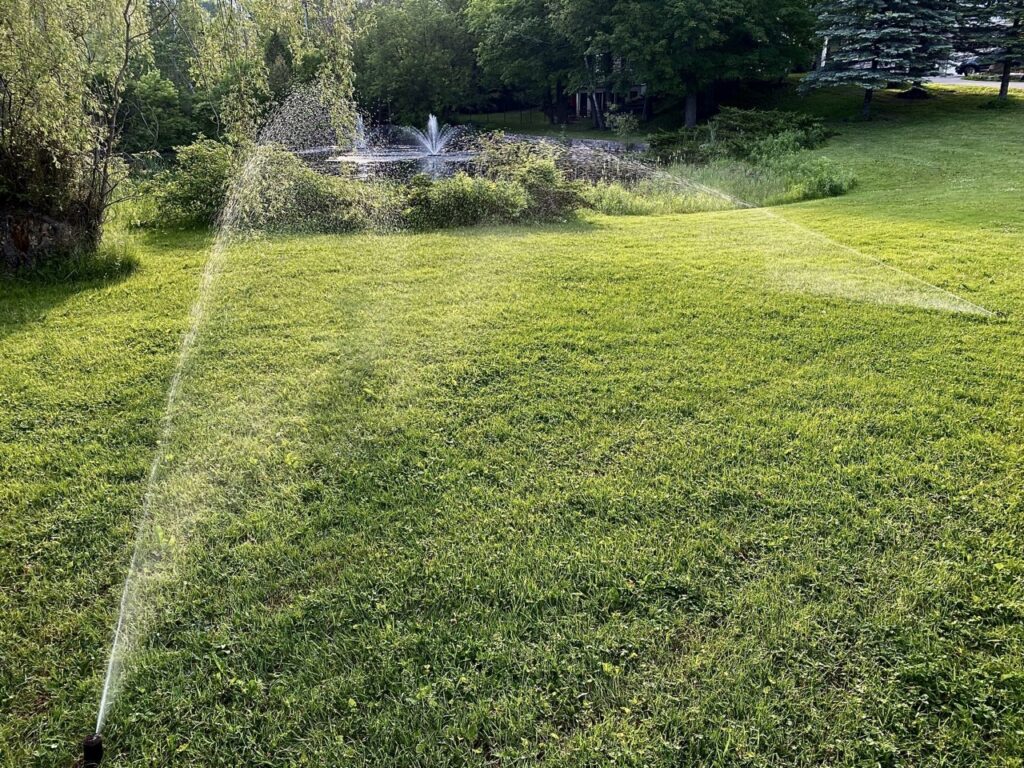
Mastering Irrigation Blowout
Protecting Your Irrigation System for Year-Round Efficiency
Winterizing Your Irrigation:
Ensuring Longevity and Performance in Cold Weather
Understanding Irrigation Blow outs
Irrigation blowouts are a critical aspect of maintaining your irrigation system’s longevity and efficiency. This process is essential, especially in regions where freezing temperatures occur during the winter. In this section, we will delve into the fundamentals of irrigation blowouts, explaining what they are and why they are crucial for your system’s health.
Troubleshooting Common Issues During an Irrigation Blow out
If you notice that the air compressor isn’t providing enough pressure to clear the water from your irrigation lines effectively, check the compressor’s settings and ensure it’s properly connected to your system.
After an irrigation blowout, you might find residual water in some sections of your irrigation system. To address this, revisit those areas with the air compressor and give them extra attention to clear any remaining moisture.
If you hear hissing sounds or notice air escaping from fittings or connections, it’s crucial to address these air leaks promptly. Tighten connections or replace damaged components to maintain the necessary pressure for a successful irrigation blowout.
If you attempt an irrigation blowout when temperatures are already below freezing, you might find that the water has already frozen in the lines. In such cases, it’s best to thaw the lines before proceeding with the blowout to avoid potential damage.
Ensure that you’ve correctly shut off the water supply to your irrigation system before starting the blowout. A failure to do so can lead to complications and potential water pressure issues during the irrigation blowout.
Executing the Blowout
This is the heart of the process, where an irrigation blowout becomes crucial. We’ll detail how to use an air compressor to remove water from your irrigation lines safely. Proper execution of the irrigation blowout prevents water from freezing and causing damage during the winter months. We’ll cover best practices, safety precautions, and troubleshooting tips for a successful irrigation blowout.
Post Irrigation Blow out Maintenance
After successfully executing the irrigation blow out, your work is not entirely finished. Post-blowout maintenance is a critical step to safeguard your irrigation system from winter damage and ensure its continued functionality come springtime. This often-overlooked stage can make a substantial difference in the long-term health of your system.
One of the primary tasks in post-blowout maintenance is verifying that all water has been expelled from your irrigation lines. Even a small amount of residual water can freeze during cold temperatures, potentially causing damage. To do this, inspect the system for any moisture or water droplets at various points, including sprinkler heads, valves, and drip lines. If you detect any signs of moisture, reapply the air compressor to eliminate it entirely.
Take the time to inspect every component of your irrigation system thoroughly. Start with the main control panel, ensuring that it’s turned off. Then, move to the valves, inspecting them for any signs of wear, cracks, or leaks. Check the condition of hoses, pipes, and connectors. Replace any damaged parts promptly to prevent future issues.
Beyond your main irrigation lines, don’t forget to drain other water sources connected to your system. This includes any hoses, faucets, or additional water features like fountains or ponds. Properly draining these components prevents water from freezing and causing damage, extending their lifespan.
If you’ve used an air compressor or any other equipment during the irrigation blowout, ensure they are cleaned, dried, and stored correctly. This prevents damage and corrosion, making them ready for use in the next season.
Maintaining a record of your post-blowout inspection can be valuable for future reference. Note any issues you’ve identified, parts that require replacement, or areas that need attention. Use this information to plan for maintenance and repairs before the next irrigation season, ensuring your system remains in top condition.
By diligently completing post-blowout maintenance, you’ll maximize the effectiveness of your irrigation blowout and reduce the risk of costly repairs or replacements. This proactive approach not only protects your investment but also contributes to a lush and healthy landscape when warmer weather returns.
Scheduling Regular Irrigation Blowouts
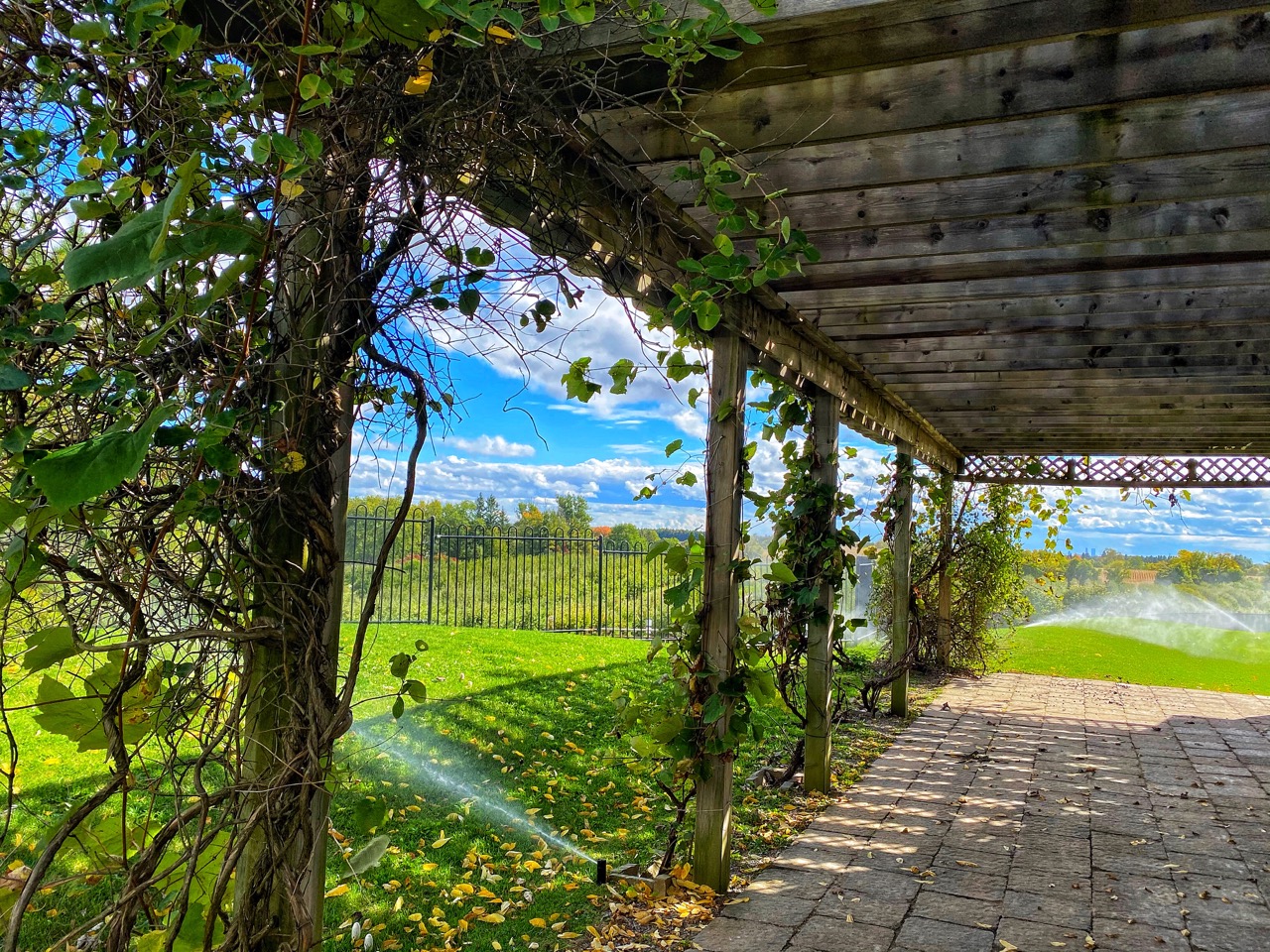
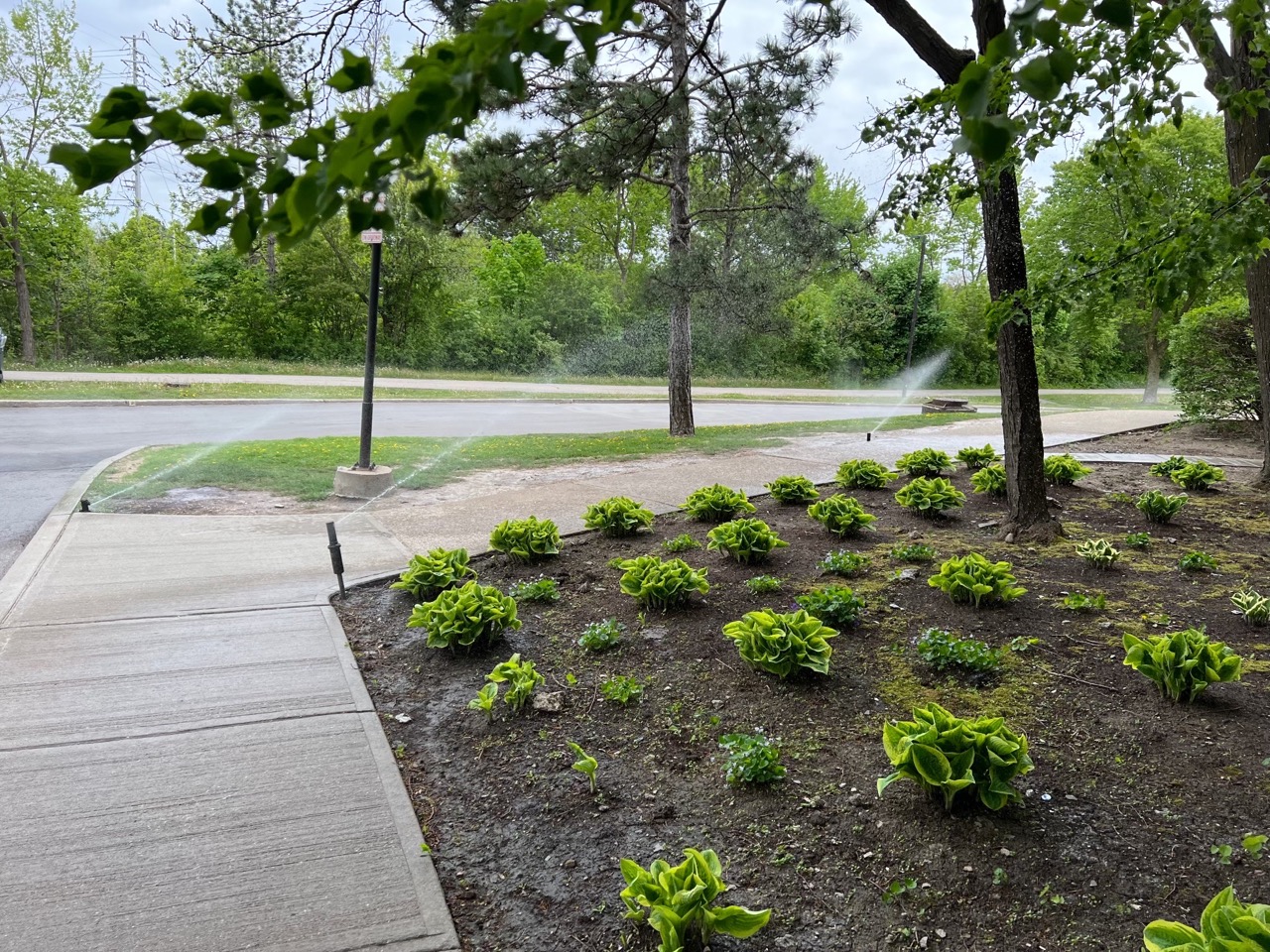
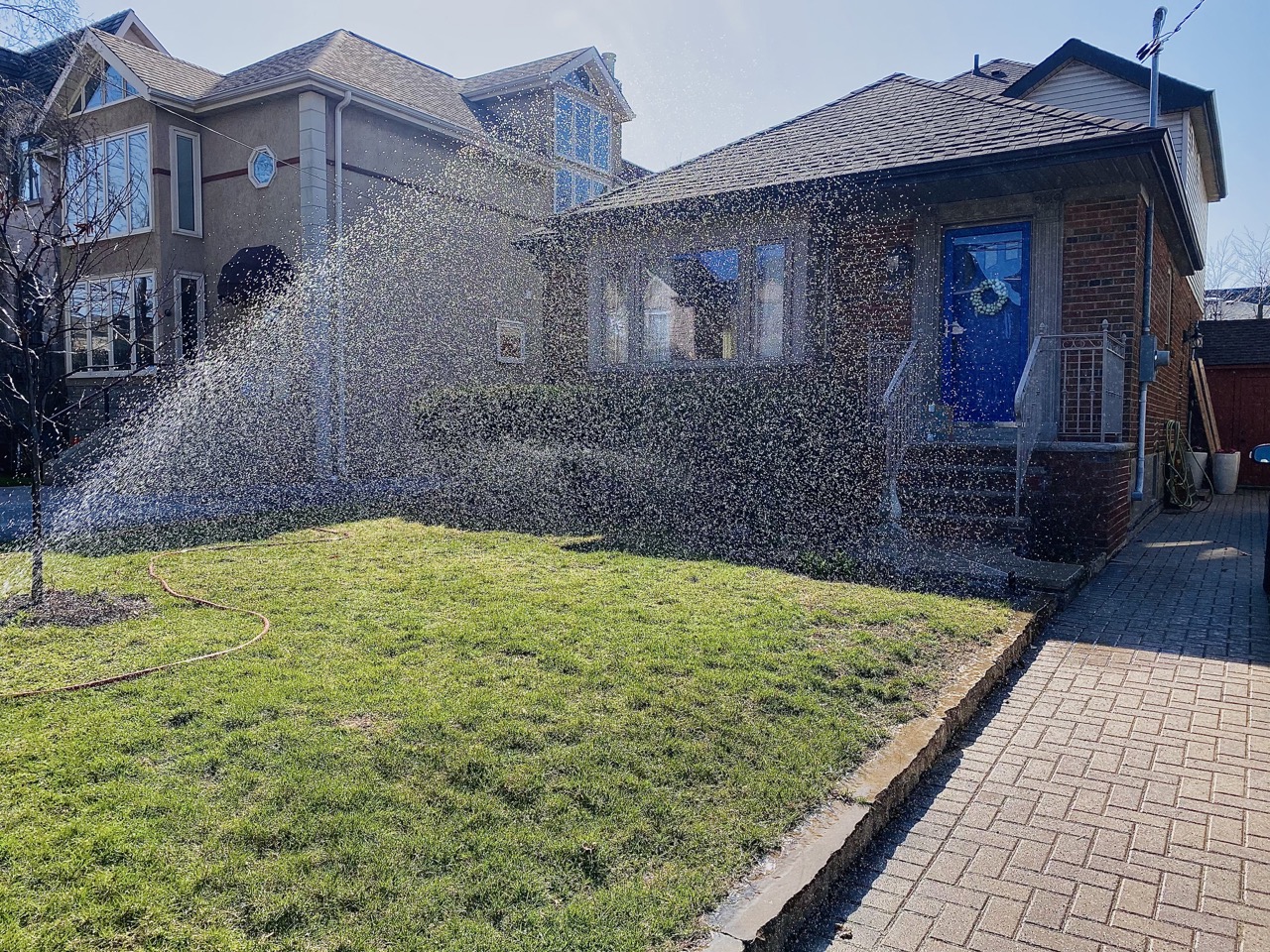
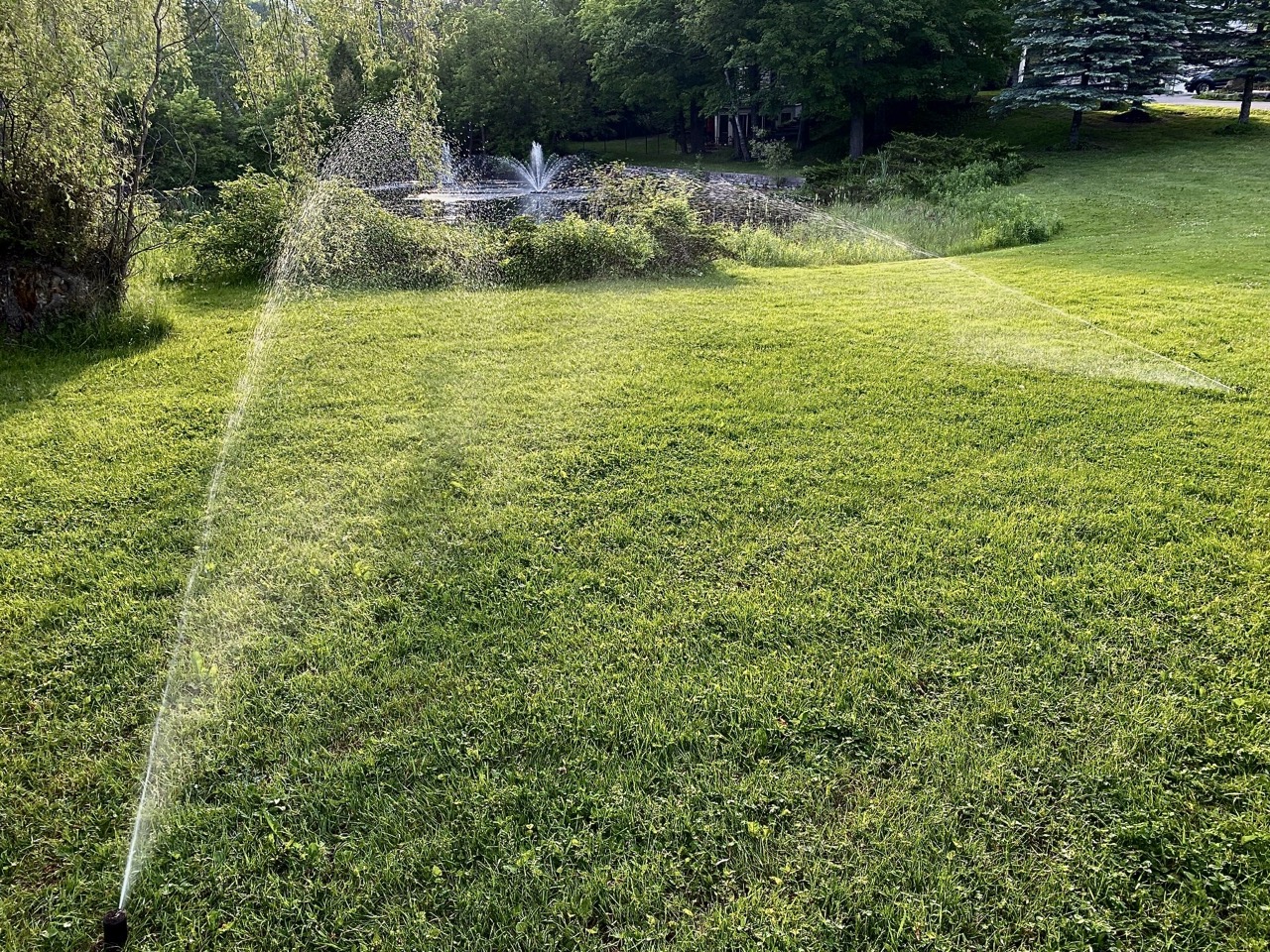
To maintain the effectiveness of your irrigation system, it’s essential to schedule regular irrigation blowouts as part of your seasonal maintenance routine. We recommend an annual irrigation blow out before winter sets in to prevent any potential issues. By consistently performing irrigation blowouts, you’ll ensure that “irrigation blowout” becomes synonymous with the protection and longevity of your system.
